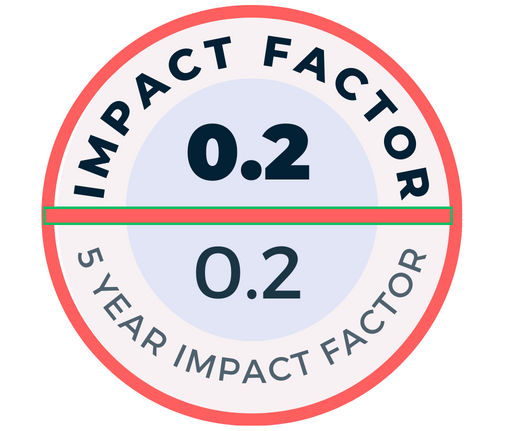A 22 year-old-male was admitted with macroscopic hematuria. He had a diagnosis of tuberous sclerosis complex (TSC). On physical examination, angiofibromas were observed in the nasolabial folds and hypomelanotic macules were present on the lower extremities. Abdominal computed tomography revealed that both kidneys were extremely enlarged with numerous cysts resembling autosomal dominant polycystic kidney disease (ADPKD). The hematuria was considered to be caused by hemorrhagic renal cysts or undetected angiomyolipomas. At follow-up, end-stage renal disease developed and hemodialysis was started.
TSC is an autosomal dominant disease in which hamartomas and cysts may develop in the brain, lungs, kidneys, heart and skin. TSC is caused by inactivating mutations in TSC1 on chromosome 9q32-q34 or TSC2 on chromosome 16p13, adjacent to the PKD1 gene. Large deletions involving both PKD1 and TSC2 may lead to the PKD1/TSC2 contiguous gene deletion syndrome that may cause an overlap syndrome having the clinical features of both TSC and ADPKD, as in this case.

.png)



.png)
